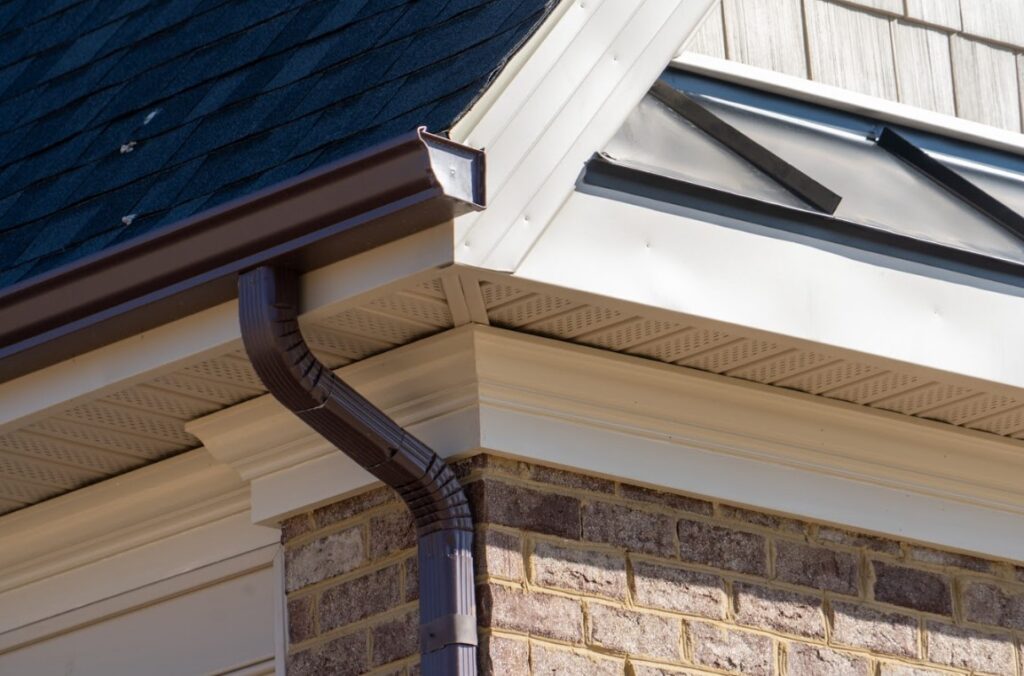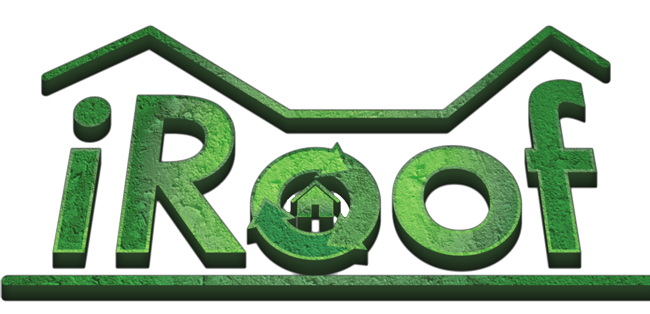Your roof works hard daily, shielding your home from rain, wind, sun, and debris. But like any part of your house, certain areas are more prone to wear and tear than others. If you’re a homeowner in Montgomery, AL, exploring vulnerable areas of your roof is a smart way to stay ahead of repairs and protect your property long-term.
Even small problems can turn into major headaches if left untreated. That’s why knowing how to detect vulnerable areas on your roof is one of the best ways to avoid unexpected damage and costly fixes. In this guide, we’ll break down the most common weak spots on your roof, how to spot warning signs early, and when to bring in professionals like the team at IRoof for a free inspection.
Why Some Areas of Your Roof Are More Vulnerable Than Others
Not all parts of your roof experience the same conditions. Rainwater tends to collect in certain spots, debris can pile up in others, and wind hits some angles harder than the rest. Over time, these conditions lead to damage, even on newer roofs.
Materials like asphalt shingles and metal panels are tough, but poor drainage, clogged gutters, or missing flashing can still lead to leaks, mold, or structural issues. That’s why exploring vulnerable areas of your roof and scheduling regular inspections is key to extending your roof’s lifespan, especially in a climate like Montgomery, AL, where intense summer heat, sudden storms, and humidity put your roof to the test year-round.
Common Vulnerable Areas of Your Roof
If you’re wondering how to detect vulnerable areas on your roof, start by focusing on these high-risk zones.
Roof Valleys
What to watch for: Water runoff, debris buildup, and leaking.
Roof valleys are where two slopes meet, forming a natural channel for water to flow. These spots handle more rainwater than almost any other part of your roof, making them especially prone to leaks. If flashing is missing or debris is blocking water flow, water can back up and seep into your roof’s underlayers.
Tip: Check valleys after heavy rain to see if water is pooling or if leaves and branches are collecting.
Flashing Around Chimneys, Vents, and Skylights
What to watch for: Rust, peeling, and gaps.
Flashing is the thin material, usually metal, that seals off edges where the roof meets vertical structures. It’s meant to keep water out, but over time it can loosen, crack, or rust. Damaged flashing is one of the most common causes of leaks, especially around chimneys and skylights.
Tip: Look for any discoloration or rust stains near these openings. If you see water stains on the ceiling inside, your flashing may be to blame.
Eaves and Gutters
What to watch for: Overflowing gutters, sagging sections, or fascia rot.
Eaves are the edges of your roof that hang over the sides of your home. They help guide rainwater into the gutters. However, if those gutters are clogged, water can spill back and rot the roof edges. In Montgomery, AL, where summer storms are frequent, well-functioning gutters are a must.
Tip: Clean your gutters at least twice a year and after major storms. Watch for peeling paint or soft wood along the fascia board beneath the eaves.

Shingles or Metal Panels
What to watch for: Cracking, curling, missing sections, or rust (on metal).
Shingles and metal panels are your roof’s first defense against the elements. But they can’t do their job if they’re loose, broken, or missing. High winds and hail can rip off shingles or bend metal panels, exposing the underlayment below.
Tip: Look for discoloration, warping, or exposed nails. Check your gutters for shingle granules. If they’re there, your shingles may be deteriorating.
Roof Ridge and Vents
What to watch for: Loose ridge caps or poorly sealed vent covers.
The ridge is the highest point of your roof, and where air escapes through ridge vents. Because of its height, it’s exposed to high winds and UV damage. Poor installation or damage to ridge vents can let in rain or pests.
Tip: Check that ridge vents are straight and securely fastened. Look for signs of critters nesting or chewing around vents or small gaps.
Flat or Low-Slope Roof Areas
What to watch for: Standing water, sagging, or bubbling.
While not every home in Montgomery, AL has flat roofing, many have low-slope areas such as porches, sunrooms, or add-ons. These spots are prone to water ponding, especially if drainage isn’t perfect.
Tip: After a heavy rain, look for standing water or signs of water stains. A sagging low-slope section can signal deeper issues with the underlying structure.
How to Detect Vulnerable Areas on Your Roof
You don’t need to climb onto your roof to check for damage. In fact, it’s safer and often just as effective to inspect from the ground using binoculars or a drone camera if you have one.
Here’s a simple roof check-up routine:
- Walk around your home after a storm. Look for missing shingles, fallen branches, or dented metal.
- Check inside your attic. Use a flashlight to spot stains, mold, or damp insulation.
- Inspect your ceilings. Yellow or brown water spots could signal a leak.
- Look at the gutters. If they’re sagging, overflowing, or filled with granules, your roof may be at risk.
Use your nose. Musty smells in your attic or upper floors can point to slow leaks and moisture buildup.
If you spot any of these signs, or if you’re unsure, don’t wait. A small issue today can lead to big costs down the road.
Why Professional Inspections Matter in Montgomery, AL
While homeowner inspections are helpful, nothing beats a full professional inspection. Roofing experts know exactly how to detect vulnerable areas on your roof, even in places the average homeowner might overlook. In Montgomery, AL, where intense heat, heavy rainfall, and sudden storms are common, we recommend scheduling a professional inspection at least once a year, or after any major weather event.
At IRoof, our certified team inspects all the key problem areas with precision, from valleys and vents to gutters and ridge caps. We’ll provide a clear report, let you know if anything needs repair, and help you plan next steps, so you’re never caught off guard.
Secure Your Montgomery, AL Home with a Free Inspection
Your roof protects everything beneath it; don’t leave its condition up to chance. By exploring vulnerable areas of your roof and staying proactive with maintenance, you can avoid expensive repairs and extend your roof’s life.
Schedule your free inspection with IRoof today, and let us help you protect your home from the top down. Whether you need a quick repair or peace of mind, we’re here to keep your roof strong, secure, and ready for anything.


